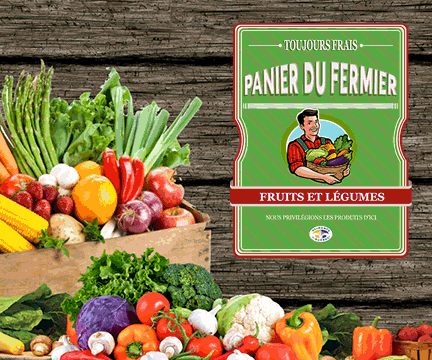
The Canadian economy has experienced one of the fastest recoveries from COVID-19 among advanced economies, but now faces critical labor market shortages that are causing uncertainty for Canadian businesses and workers. Of particular interest to our borough of Park-Extension is the announcement on November 1, 2022 in Toronto, by Sean Fraser, Minister of Immigration, Refugees and Citizenship, of Canada’s 2023–2025 Immigration Levels Plan. The plan includes immigration as a strategy to help businesses find workers and attract the skills needed in key sectors — including health care, skilled trades, manufacturing and technology — to manage the social and economic challenges that will Canada face in the coming decades.
Last year Canada welcomed more than 405,000 immigrants – the most it has ever welcomed in a single year. The government is setting targets in the plan for new levels of 465,000 permanent residents in 2023, 485,000 in 2024 and 500,000 in 2025. The plan also focuses on attracting newcomers to different parts of the country, including small towns and rural communities.
Highlights of the tiered plan include long-term focus on economic growth, the use of new features in the Express Entry system to bring in immigrants with the skills and qualifications needed in sectors that face acute labor shortages, increases in regional programs to address targeted local labor market needs, through the Candidate Provinces Program, the of the Atlantic Migration Program and the Northern Rural Migration Pilot, faster reunification of more families, ensuring that at least 4.4% of new permanent residents outside Quebec are francophone and support for global crises by providing a safe haven to those facing persecution.
“Last year, we welcomed the most immigrants in a single year in our history. This year’s plan for immigration levels will help businesses find the workers they need, put Canada on a path that will contribute to our long-term success and enable fulfill our core commitments to vulnerable people fleeing violence, war and persecution,” said Sean Fraser, Minister of Immigration, Refugees and Citizenship
The stats
The new plan is a projection of how many permanent residents will be admitted to Canada in a given year and sets targets for total imports by immigration category. Immigration accounts for nearly 100% of Canada’s labor force growth and, by 2032, is projected to account for 100% of Canada’s population growth. Canada’s aging population means that the ratio of workers to retirees expects is expected to shift from 7 to 1 50 years ago to 2 to 1 by 2035.
In the 2021 Census, almost 1 in 4 people counted were immigrants, the highest proportion among G7 countries. Just over 1.3 million new immigrants settled permanently in Canada from 2016 to 2021, the highest number of recent immigrants ever recorded in a Canadian census.
Quebec and Francophone support
In the Official Languages Action Plan – 2018-2023 the government provided almost $500 million over five years to support official languages, including $40.8 million for Francophone immigration initiatives. Under the Canada-Quebec Agreement, Quebec sets its own immigration levels.








